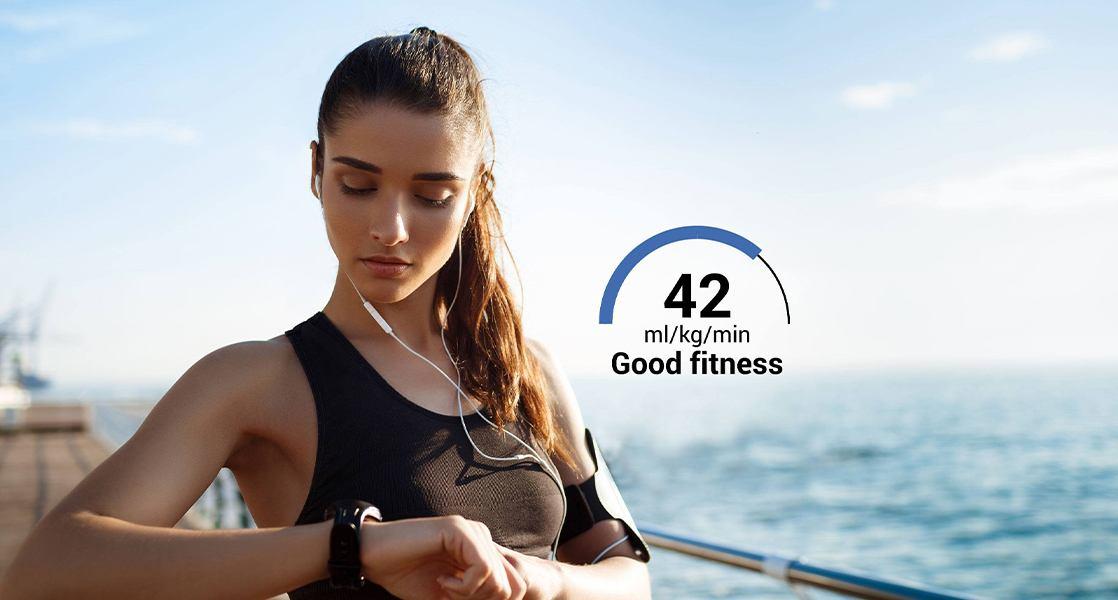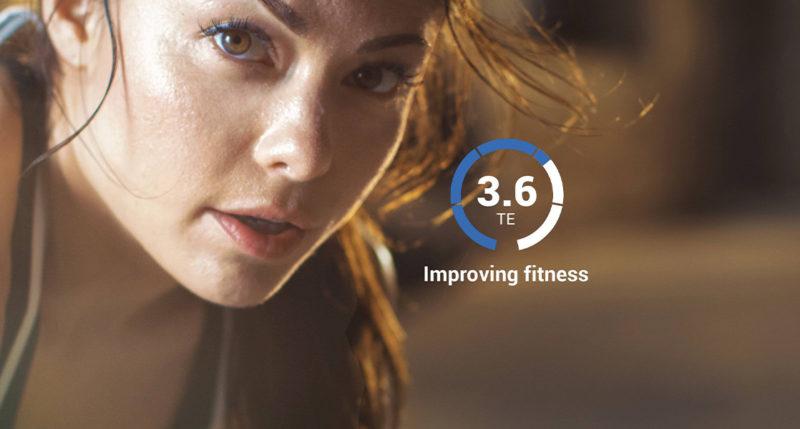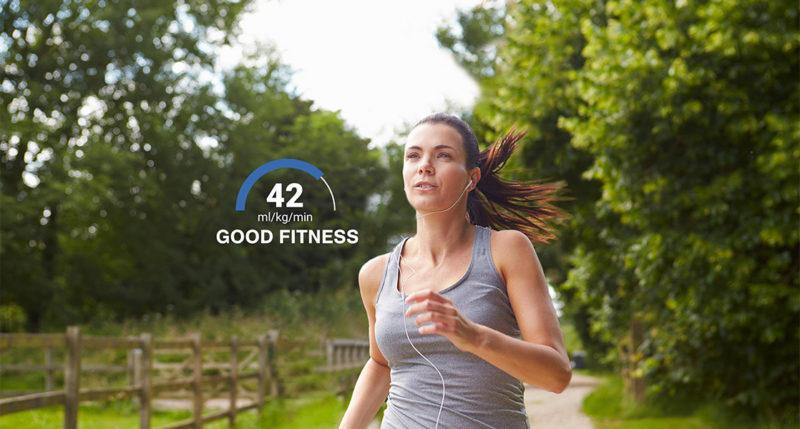
When it comes to your health and fitness, it’s easy to ask the wrong questions. “Am I fit?” is one of these questions that just creates problems. It’s a dead end, and you probably already know the answer. You are, or you aren’t.
The better, more productive question is, “how fit am I?” When you start thinking it in terms of how fit you are, instead of simply whether you are fit, then something interesting happens.
A path to victory reveals itself. You can do something about it.
Of course, to answer this empowering question, you need the right metric.
If you want to know how tall you are, you can use feet, inches, or centimeters. If you want to know how much you weigh, you can use pounds or kilograms. If you want to know how fit you are, there’s just one metric you’ll need: VO2max, the defining measure of cardiorespiratory fitness.
Technically speaking, VO2max describes the maximum amount of oxygen your body can import, transport to the muscles, and use as a catalyst for producing energy aerobically. The higher your VO2max, the more oxygen your body can use, and the fitter you are. Simple.
Your cardiorespiratory fitness level has a big impact on your overall health. This relationship is so significant that in 2016 the American Heart Association (AHA) published a scientific position paper recommending that cardiorespiratory fitness, measurable as VO2max, be assessed regularly and considered as an additional clinical vital sign. That’s a big deal.
According to the AHA, there is mounting evidence that cardiorespiratory fitness, measured in terms of VO2max, is a better risk predictor of mortality than previously identified risk factors, including smoking, high blood pressure, high cholesterol, and type 2 diabetes.
One reason that VO2max delivers such great health insights is because it captures so many different vital systems working together simultaneously. Your lungs, your heart, your blood vessels, blood itself, and even the ability of your muscles to communicate and work at a cellular level.
Once you can answer the question of “how fit am I?” in specific terms with your VO2max, it’s possible to identify both the levels and types of physical activity that support your goals. Are you trying to stay fit or take it up a notch? You can make your decisions based on your own personal needs, on what works for you. This advantage plays a big role in staying motivated and avoiding burnout.
It probably goes without saying that improving your VO2max will boost your sports performance capacity, especially for endurance activities like running and cycling. But did you know that your fitness level can impact how you feel? Higher VO2max levels have been shown to correlate with self-evaluated health-related quality of life and vitality.
Even though VO2max fitness levels naturally decline with age, healthy exercise habits will can help you pump the brakes on the aging process. With enough work, you can even reverse the trend and recapture the energy and performance capacity of a younger you.
Are you ready to get to know your body better than ever before? Thinking about your fitness in terms of VO2max is the easiest way to get started. It helps you to find the right way to exercise and acts as an indicator for your health and well-being. Reach your goals and increase the quality of your life with valuable insight straight from the science books.
If you liked this article, you should subscribe to our mailing list
You might also be interested in

Intensity Is Your Fitness Friend
You may have heard that your fitness level is determined by your genetics. This is true. Luckily, that’s not the whole story. Experts say that about half of the variation in physical fitness between individuals is heritable, meaning it comes to you through your parents.

5 Reasons to Boost your VO2max
Results matter. In terms of understanding whether your activity and lifestyle profile translates into real health benefits, VO2max – the defining metric of cardiorespiratory fitness (CRF) – is the perfect resource.

